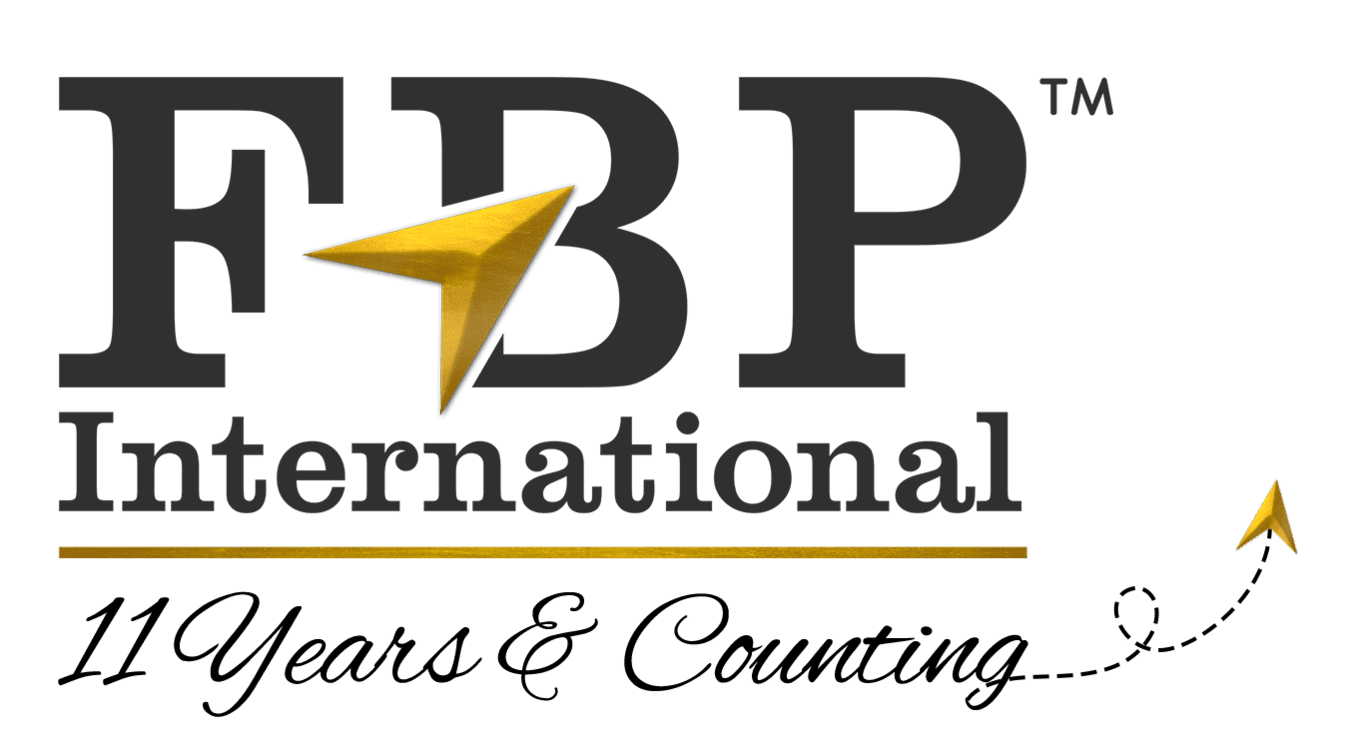Australia Day Preparation
We had a public holiday last week. Australia Day, which occurs every 26 January, is our national day, and commemorates the date when the First Fleet of British ships landed in Port Jackson, Sydney in 1788. On this date, the 11 ships of the fleet, carrying between 1000 and 1500 convicts, soldiers, seamen, officers and free people, arrived on the ancient shores of what became known as New South Wales, where the first Governor Arthur Philip raised the British flag and declared British authority over the entire eastern seaboard of Australia.


From the perspective of the new settlers, and for much of the 229 years following, this was a time to rejoice, as white people colonised and civilised the new continent. However, it was a completely different story for the continent’s indigenous peoples. The First Fleet’s landing ushered in a lengthy history of displacement, sickness, and destruction of indigenous peoples at the hands of colonisers. Indigenous peoples have been advocating for a change of date since at least 1938, calling 26 January ‘Invasion Day’ or ‘Survival Day,’ to commemorate the loss of freedom, lands, cultures, and languages that their peoples have suffered since 1788. For many Australians, Australia Day is a day of mixed emotions, marked by a desire to both commemorate and grieve many aspects of our country’s history.

Being our national day, there are several formal elements to Australia Day. Many people take part in citizenship ceremonies around the country on January 26. The Australian of the Year awards and the Australian Honours Lists are announced. Less officially, it is also marked by a new lamb ad, which tends to be controversial and often entertaining; in 2017, the ad celebrated our long history of multiculturalism.
Because Australia Day happens during the long summer break, RMC is usually pretty quiet. But those of us who are here use it as a reminder to reflect on who we are as a nation, to celebrate our multicultural community, and to think about how we can remember the indigenous peoples on whose land our college is built: the Dharug nation. And to eat pavlova.

